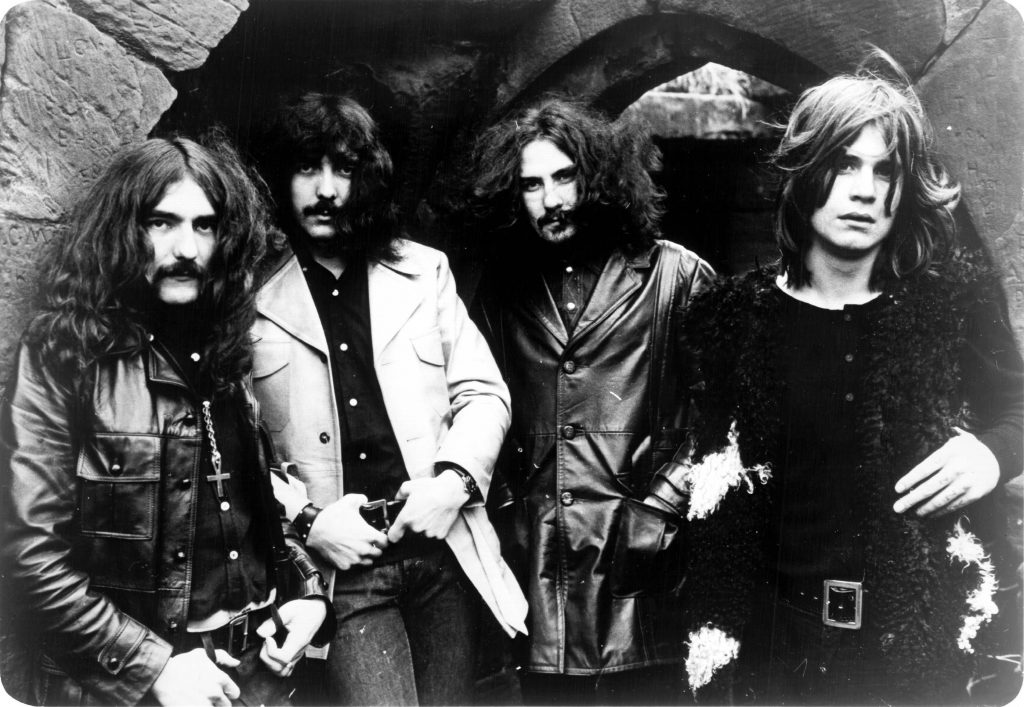The music world has seen its fair share of intriguing coincidences, and one such story revolves around the iconic heavy metal band, Black Sabbath, and their repeated attempts to enlist musicians who had previously worked with Ritchie Blackmore, renowned for his roles in Deep Purple and Rainbow.
Among the notable names connected to this fascinating chapter in rock history is the talented vocalist, Graham Bonnet, who recently shared an anecdote in an interview with The Metal Voice (Transcribed by Blabbermouth) about the time he had the chance to join Black Sabbath. This article explores the unique circumstances surrounding this offer, providing insights into Bonnet’s decision and his remarkable journey through the world of music.
Graham Bonnet’s recollection of the unexpected offer from Tony Iommi, one of the founding members of Black Sabbath, takes us back to a pivotal moment in rock history. “Yeah, he called me one day, and I thought, ‘I don’t know about that.’ I couldn’t imagine myself in a band called Black Sabbath with the way I look,” Bonnet recalls with a chuckle.
He adds, “I don’t look very Black Sabbath. I’d have to grow my hair really long, dye it dark black, and grow a beard or something. I wasn’t sure.” This initial hesitation sets the stage for a fascinating journey into the world of music and personal choice.
However, it wasn’t only Bonnet’s appearance that made him think twice about joining Black Sabbath. Musical sensibilities played a significant role in his decision-making process. He elaborates, “I wasn’t sure about the music either. Because I thought I wanted to do something that wasn’t like Black Sabbath. I was somewhat anti-heavy in a way because of the way I write a song, and the way my other friends who are guitar players write songs. It wasn’t the typical, so-called heavy metal or heavy rock, whatever you want to call it, way.” Bonnet’s candid reflection on his distinctive approach to music sheds light on the intricacies of his decision.
Graham Bonnet’s journey through the world of music is as diverse and colorful as the melodies he has brought to life. Born in Skegness, Lincolnshire, England, in 1947, he embarked on his musical career in 1967, contributing his talents to various bands such as The Blue Sect, The Marbles, and Southern Comfort before landing a pivotal role as the lead singer of Rainbow. His time with Ritchie Blackmore’s group was marked by notable contributions to the album “Down To Earth” in 1979.
Following his tenure with Rainbow, Bonnet continued to make his mark in the music industry. He found success with the Michael Schenker Group and later joined the band Alcatrazz. His musical journey has been characterized by diverse collaborations and artistic triumphs, culminating in his most recent album, “Day Out in Nowhere,” which graced the ears of music enthusiasts in 2022. This album reflects Bonnet’s enduring passion for creating music that defies conventional categorization.
Graham Bonnet’s decision to decline the offer to join Black Sabbath was a product of both personal style and a unique musical vision. His anecdote offers a fascinating glimpse into the intricate choices musicians make throughout their careers. While the path to Black Sabbath remained untraveled for Bonnet, his journey in the world of music has been a rich and diverse one, leaving an indelible imprint on the rock and roll landscape.
In conclusion, the world of music history is profoundly shaped by the decisions and individuality of its artists. Graham Bonnet’s story, although not widely known, serves as a testament to the dynamic and ever-evolving nature of rock and roll, where artistic vision continues to play a pivotal role in shaping the industry.
In this detailed article, we’ve explored the intriguing tale of how Graham Bonnet had the chance to join the legendary Black Sabbath and his subsequent decision to decline the offer. The article not only sheds light on this remarkable moment in rock history but also delves into Bonnet’s musical journey, highlighting his unique contributions to the world of music. It’s a testament to the ever-evolving nature of the rock and roll world and the profound impact that individuality and artistic vision can have on the industry.
